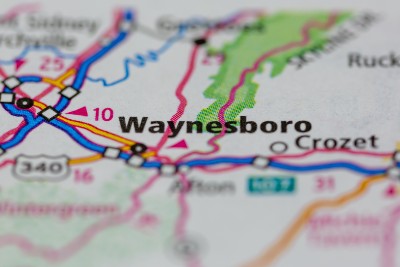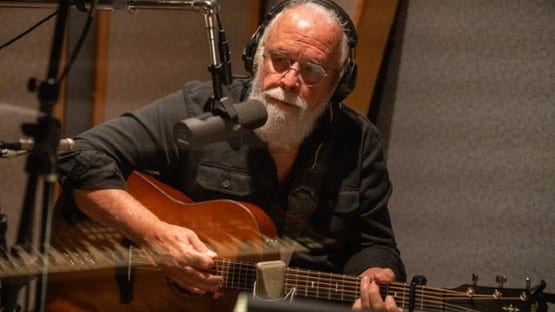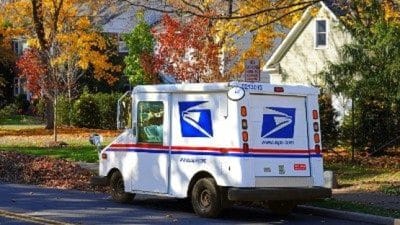
One thing that has become clear to me the past few days is that there’s a lot of unused buildings in Downtown Waynesboro, and it’s not just here.
Specific to Waynesboro, I’m working with a group that is looking for space for a non-profit, do-gooder venture with an arts bent, and a desire to build relationships with arts groups already downtown, like the Wayne Theatre, Shenandoah Valley Art Center, P. Buckley Moss Museum, the emerging Virginia Museum of Natural History.
Good news, and bad news, is that there are plenty of options downtown for us to look at.
In fact, many more options than we’ll ever see viable uses for, if you ask me.
To the just not here part: a recent New York Times piece examined how much prime real estate is about to be going on the market in midtown Manhattan with companies deciding, in the wake of the pandemic, that remote work is here to stay.
This is great in terms of quality of life – less time commuting back and forth, more time for the family, to pay attention to physical and mental health, the rest.
It’s bad for local governments, who get so much of their money for funding public services from real-estate taxes.
But is it all bad?
Empty buildings only stay empty if we stay fixed on how they’re supposed to be used.
The Times piece brought up how some advocates are pitching the idea of converting already-unused spaces into affordable housing, which seems to be kill two birds with one stone kind of thinking.
We have great examples here locally of how buildings can be repurposed. One that comes to mind immediately is the former News Leader building in Downtown Staunton, which is now home to the Staunton Innovation Hub, providing space for small businesses and remote workers.
The empty buildings I’m looking at in Downtown Waynesboro might one day serve similar needs – a Waynesboro Innovation Hub, affordable housing, a teen music center, co-existing side by side with existing retail and restaurants.
We’d need to adjust our zoning ordinance, and think through the impact on the tax base.
I say, to that last point, soak the rich – full well knowing that I probably qualify as being one of those, living in a $400,000 house in the Country Club neighborhood.
We still need to pay for our schools, our police, fire and rescue, water and garbage collection, the important stuff.
We also need to be thinking about not just where we are, but where we’re going.
Where we’re going is in the direction of being inclusive.
I don’t want us getting there being dragged kicking and screaming.
Story by Chris Graham










